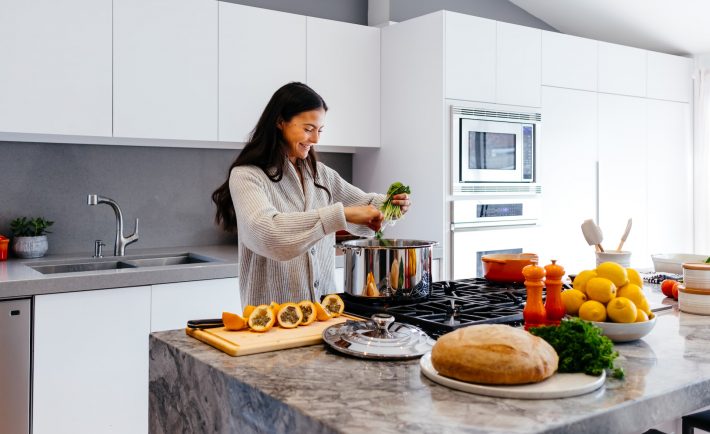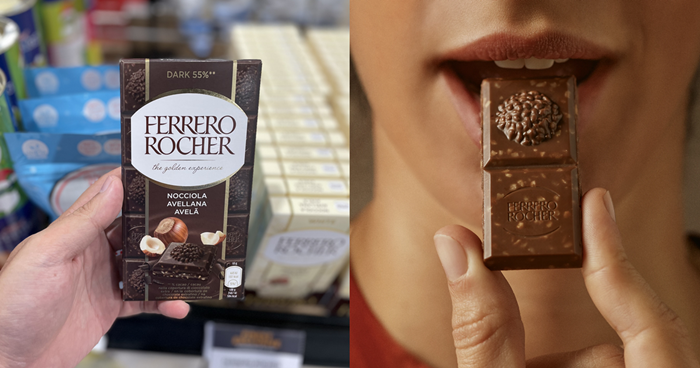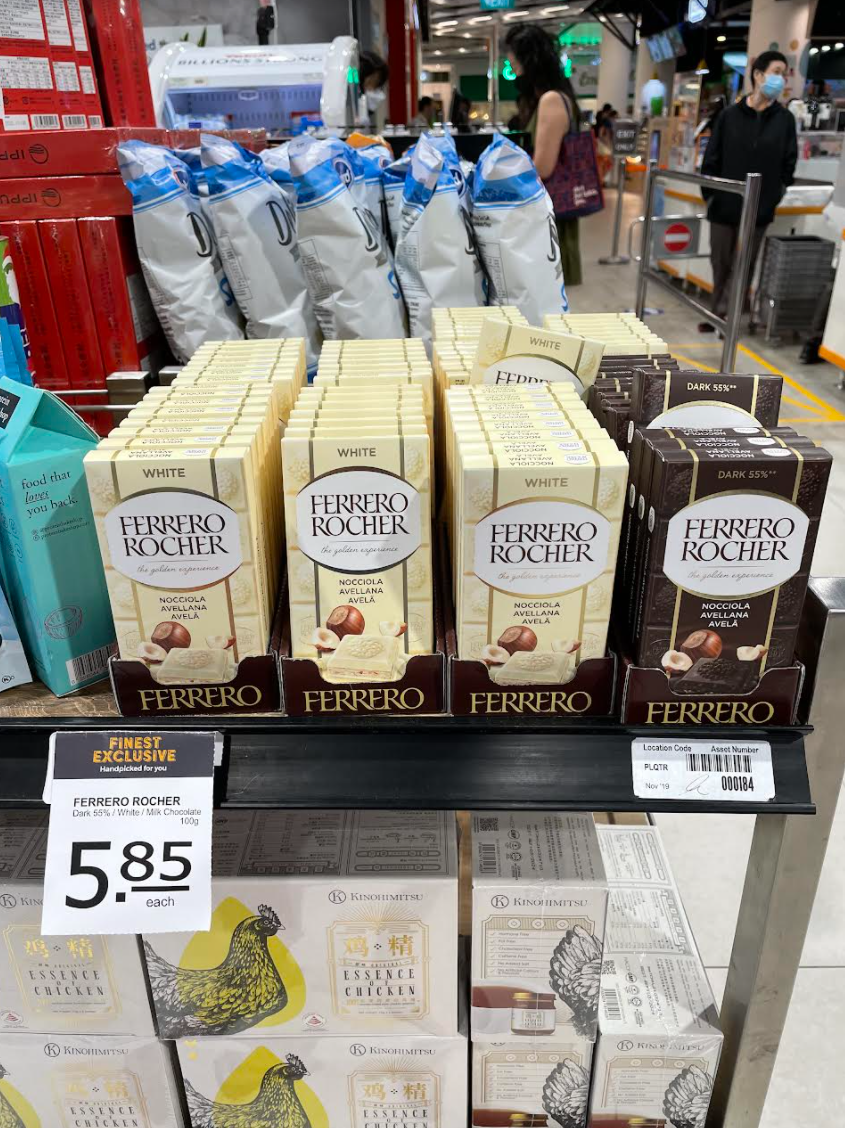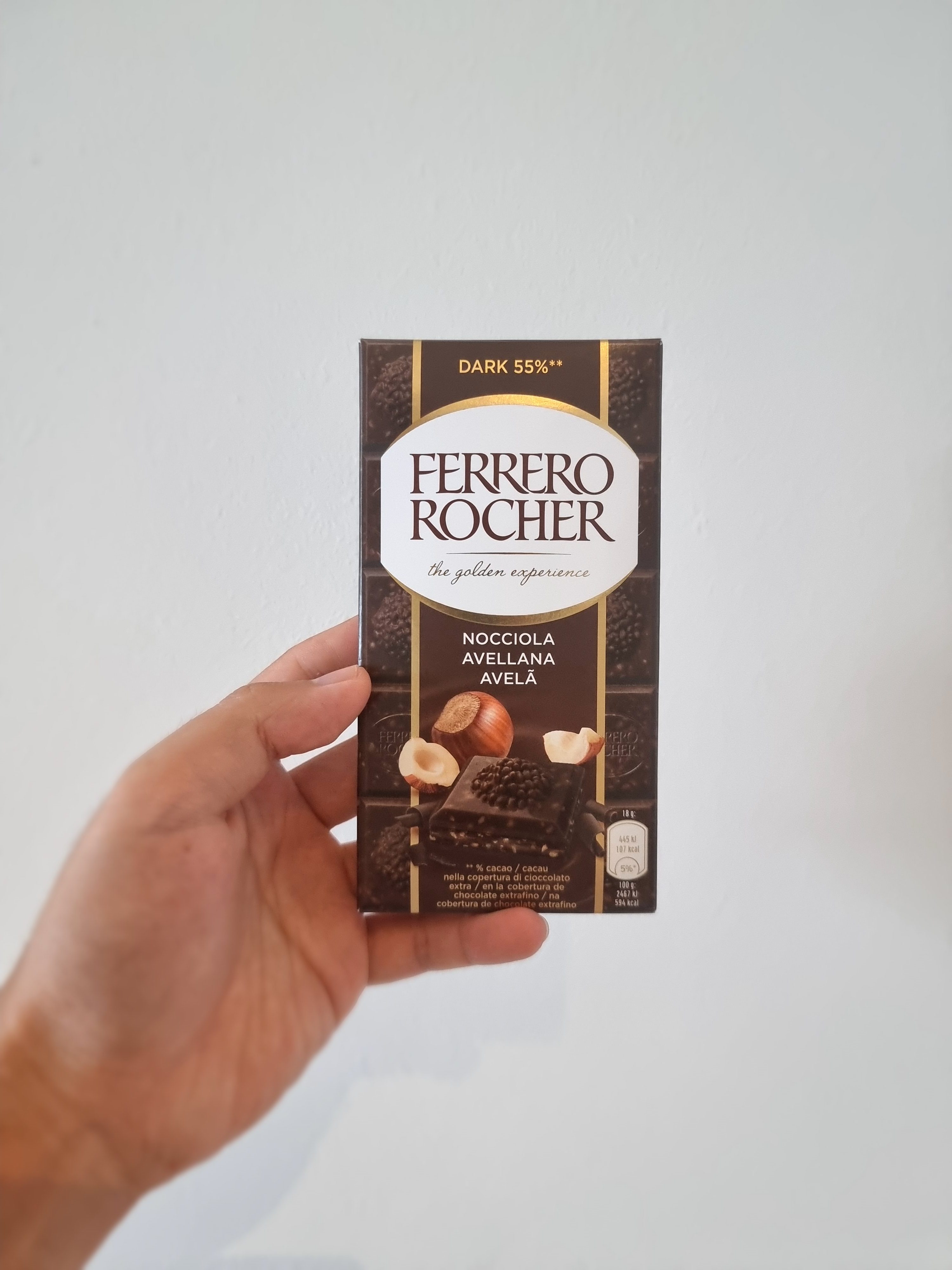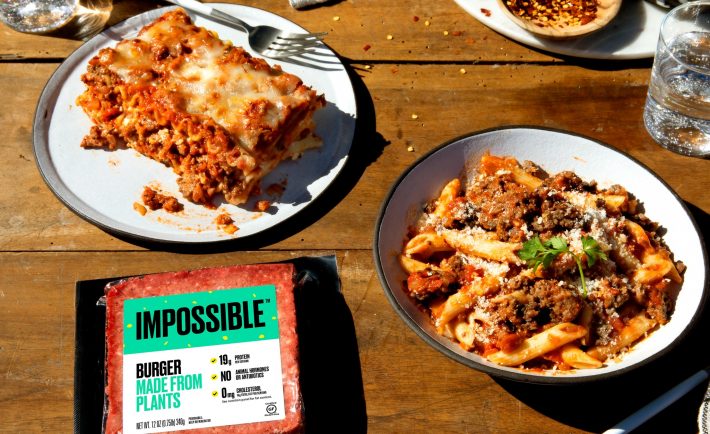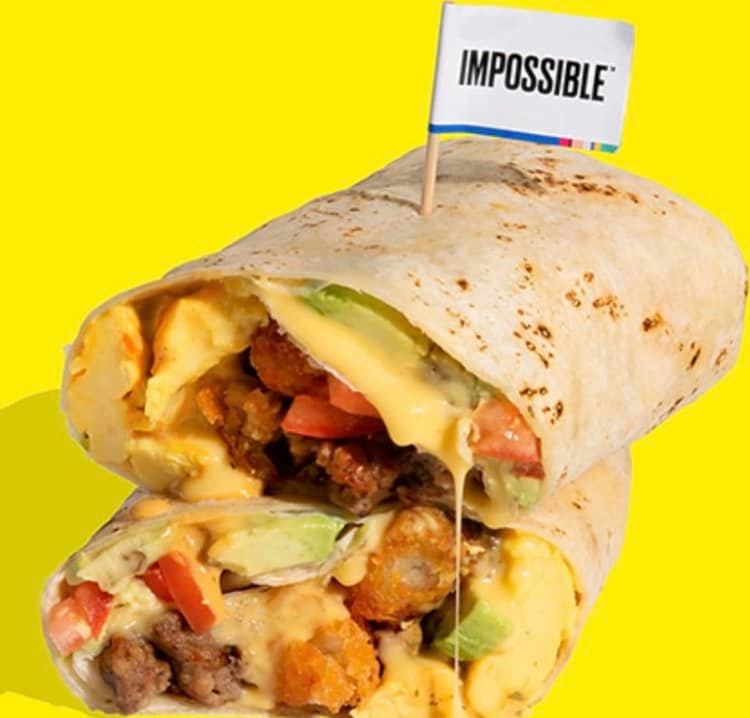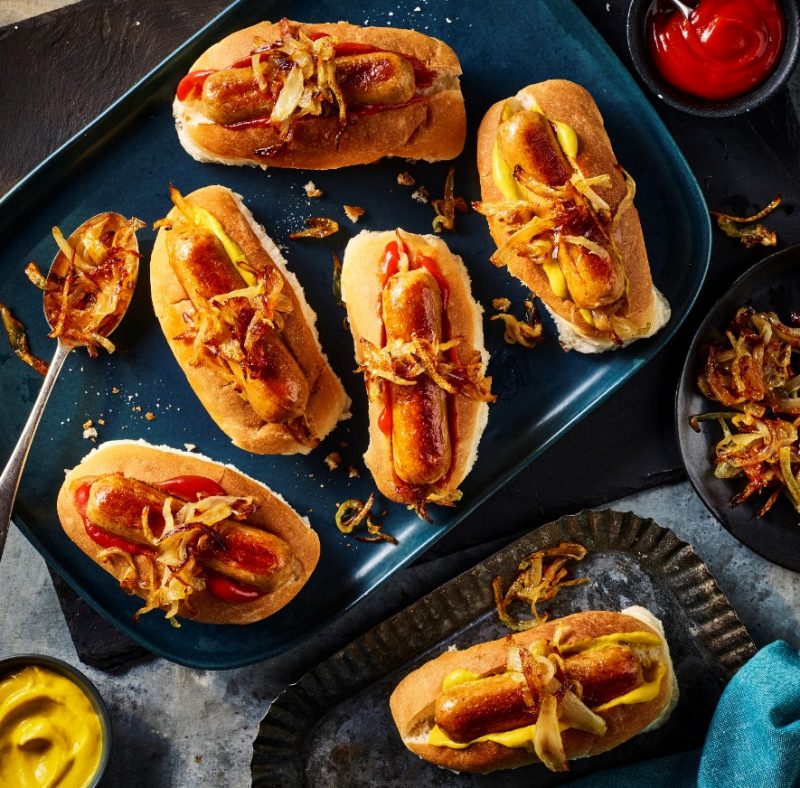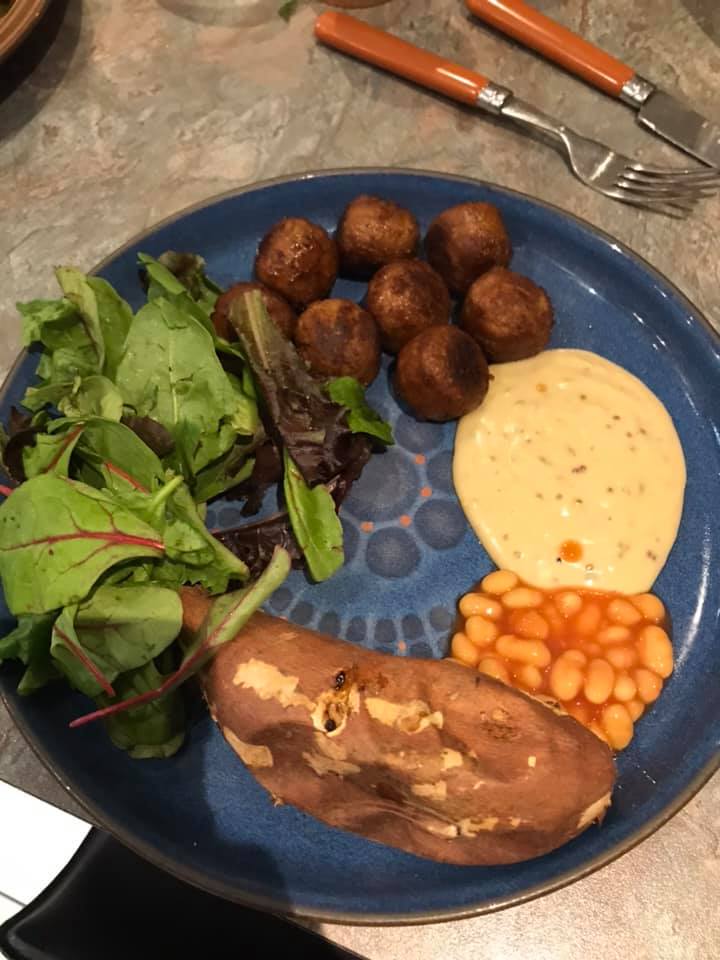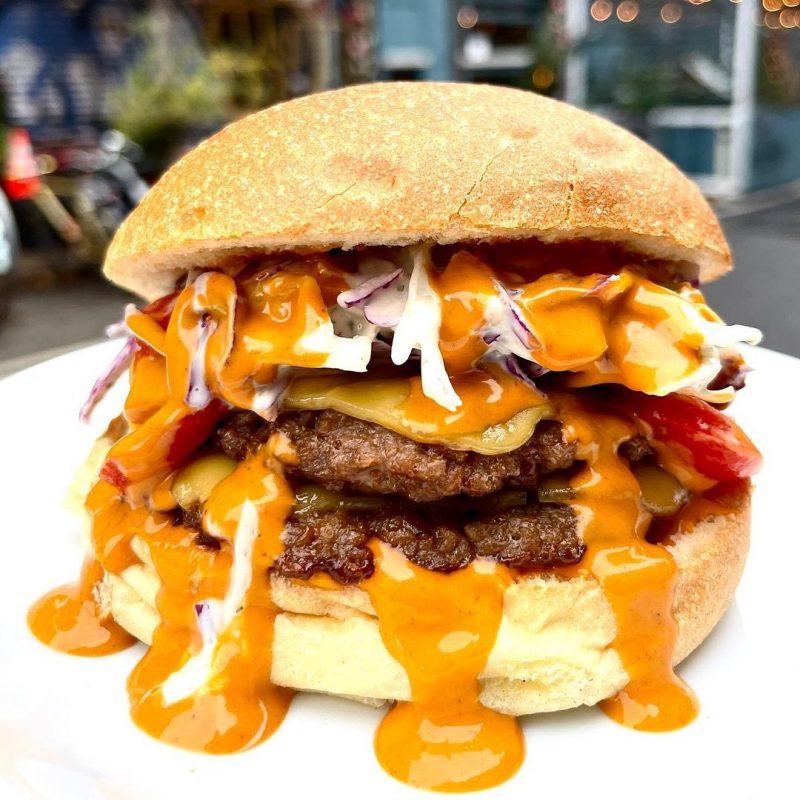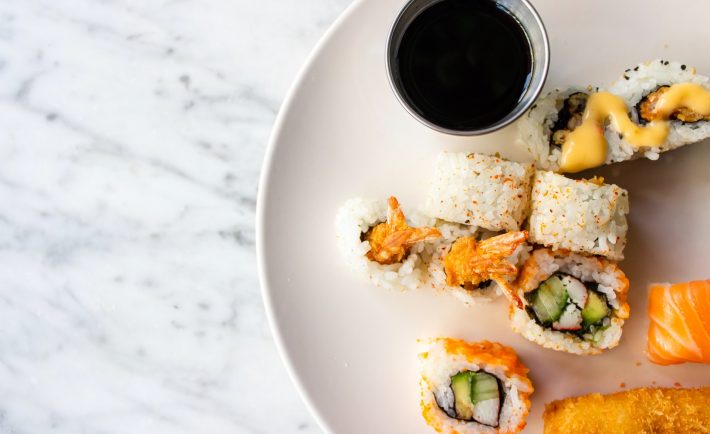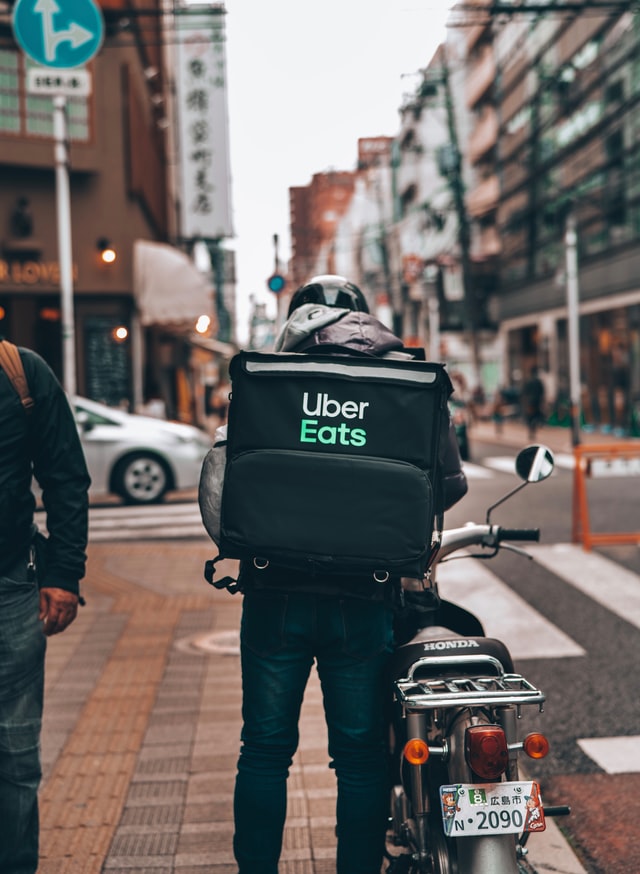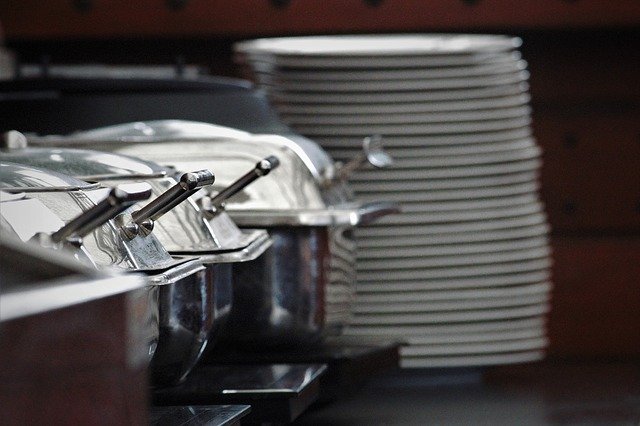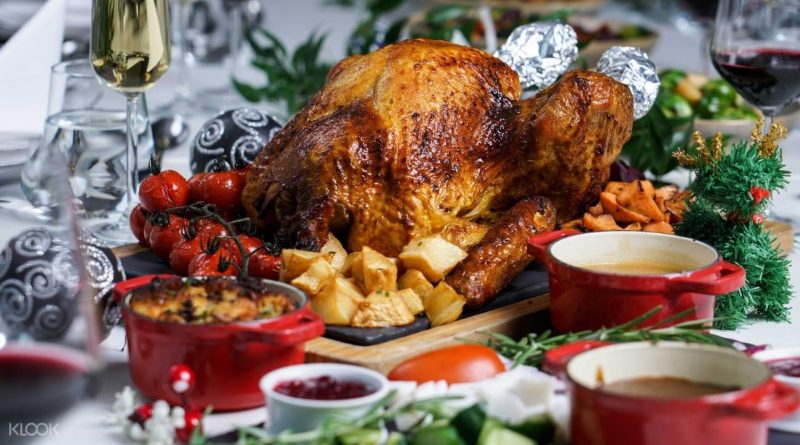The rise of social media influencers in recent years made healthy living trendy again. Quinoa meals and Tracy Anderson-esque workouts are no longer limited to celebrities. From salad bars to cold-pressed juices, we are increasingly surrounded by healthy lifestyle options trying to get us to convert.
Before you embark on this significant lifestyle change, you need to understand the monetary costs and benefits of having a healthy lifestyle. When friends or co-workers tell me they do not eat healthily because it is more expensive, I get it! A simple salad can cost S$10 to S$20 if you are dining at a restaurant. In comparison, a hawker centre meal costs about S$5, while a fast-food set meal averages to S$6.
At a glance, it makes more financial sense to choose the less healthy options. However, spending a little more money on healthy, balanced meals goes a long way. For starters, eating healthy lowers the risks of being diagnosed with diet-related chronic diseases such as diabetes and high cholesterol. Moreover, numerous studies have shown that a healthy diet helps manage one’s mental health and stress.
On that note, let us discuss how much it costs to choose the healthier options in Singapore.
#1: HEALTHY EATING
The inconvenient truth of converting to a healthier lifestyle is – you’ll have to learn how to cook. Contrary to popular belief, eating healthy is not limited to boiled chicken breasts and eggs for the rest of your life. Eating healthy steers away from processed food, empty-calorie meals, and sugar-rich treats.
A 2021 article estimated the amount you will spend weekly when you make regular, semi-healthy, and healthy meals in Singapore. According to the article, a regular meal costs S$114.62, a semi-healthy meal costs S$129.65, and a healthy meal costs S$171.10. Based on these calculations, healthy meals cost S$56.48 more than the regular meals and S$41.45 more than the semi-healthy meals. Although the prices for produce and ingredients have increased today, this article gives us a taste of the differences between healthier and least healthier meals.
Eating healthy may not be a cure-all, but it can help you lower down the chance of getting diet-related illnesses. The additional costs of eating healthy meals per week sound like a better deal than dealing with the medical costs attached to diet-related illnesses.
#2: HEALTHY VICES
One of the first things that pops to mind when talking about lifestyle vices is smoking. A packet of cigarettes costs about S$13. If you consume one pack of cigarettes a day, that could take you back by S$195 per month. In a year, you will have spent about S$2,340. Isn’t that insane? Successfully kicking this harmful habit to the curb could potentially reward you with a holiday trip overseas.
Instead of subscribing to harmful vices, you can incorporate healthy vices into your lifestyle. Healthy vices include regular sun exposure (your source for Vitamin D), adequate sleep (at least 7 hours for adults), and getting massages (to help reduce the secretion of stress hormones).
#3: HEALTHY TRANSPORTATION
It is no secret that owning a car in Singapore comes with a hefty price tag. Apart from the petrol and parking, you must shell out money for its maintenance. For others, their additional transportation expenses include taking a cab or Grab on weekdays. If you are serious about getting in shape, then you can walk whenever possible.
If it’s too hot, you can take public transport for a portion of your journey and walk the rest of the way to work. Think of all the money you will be able to save and the pounds (lbs) you will lose if you can keep this going.

Image Credits: unsplash.com
Consistency is key in maintaining a healthier lifestyle. Do not assume that eating healthy meals for only two weeks will have positive effects to last a lifetime. In fact, if you take dramatic dietary changes frequently, you will be putting your body through unnecessary stress. Enjoy the health benefits of eating and living well by making consistent and conscious choices. Do not give up and stick to your plan!

